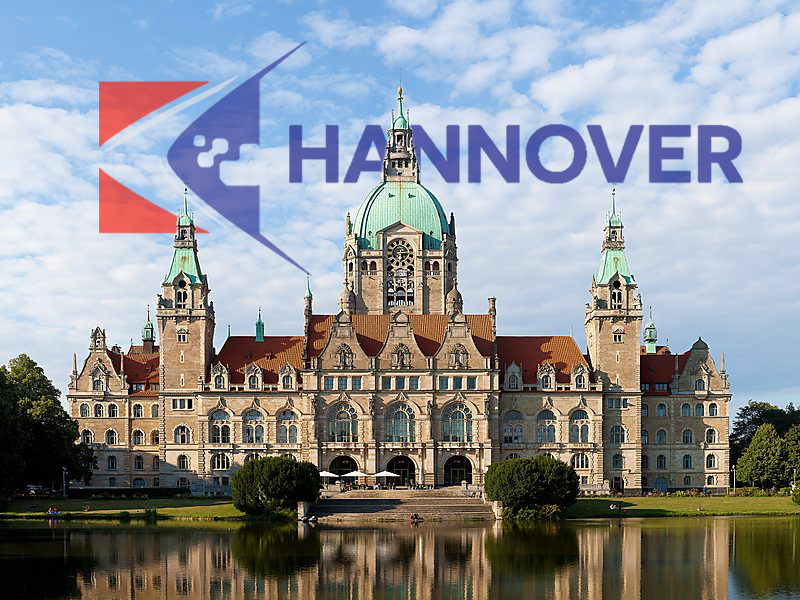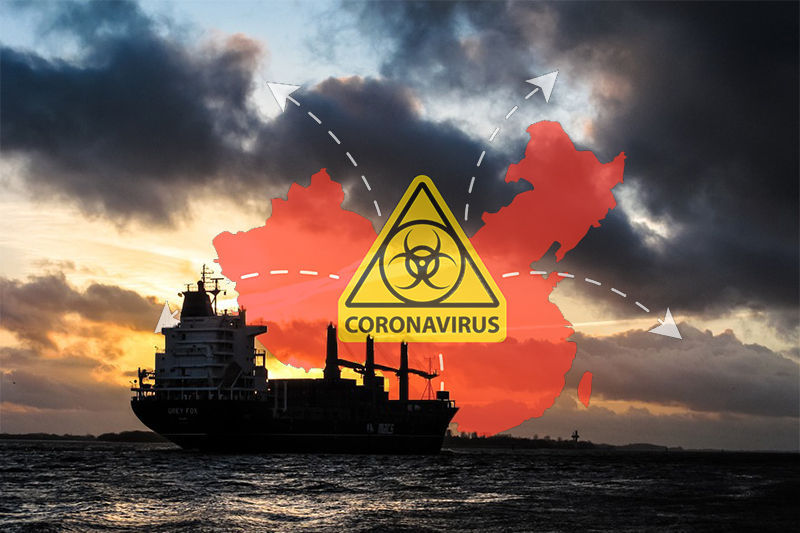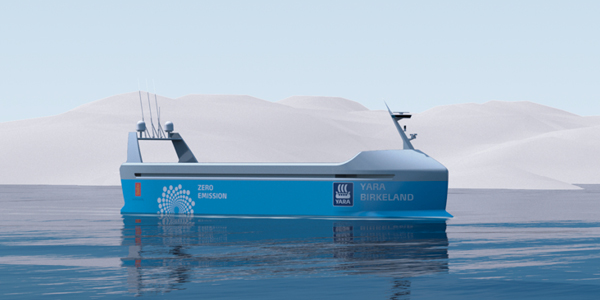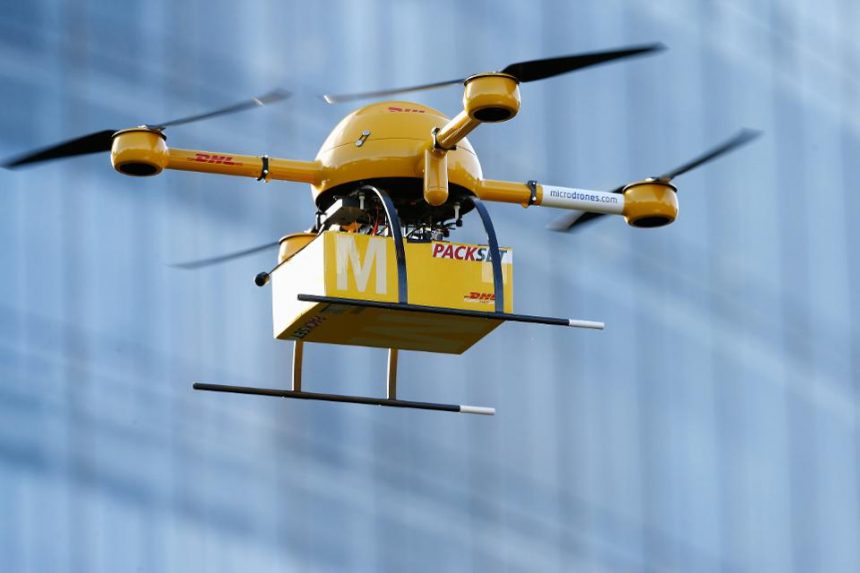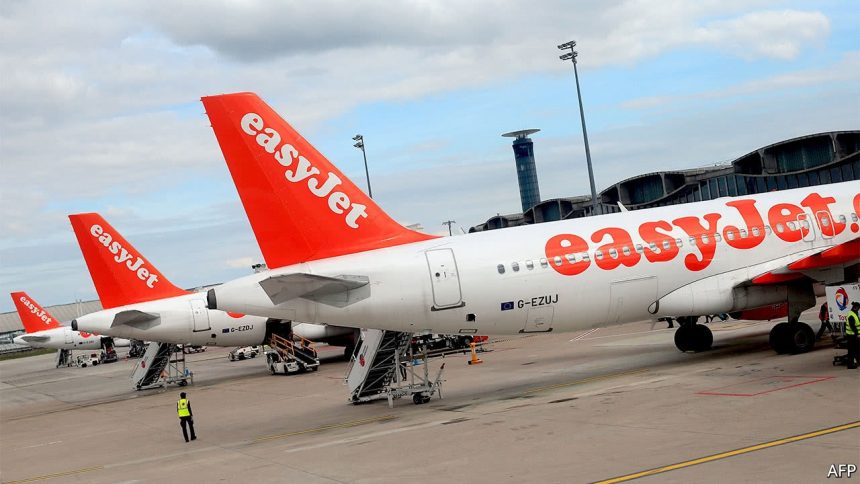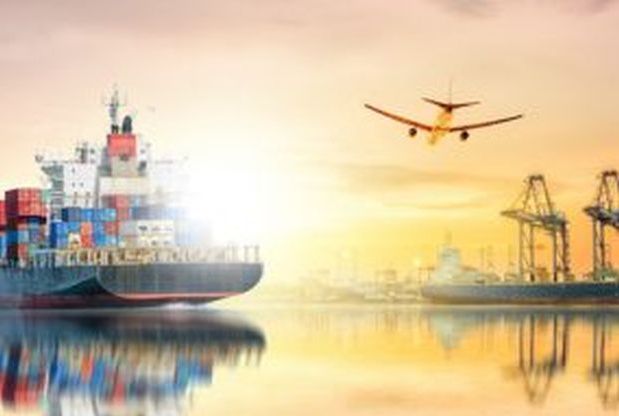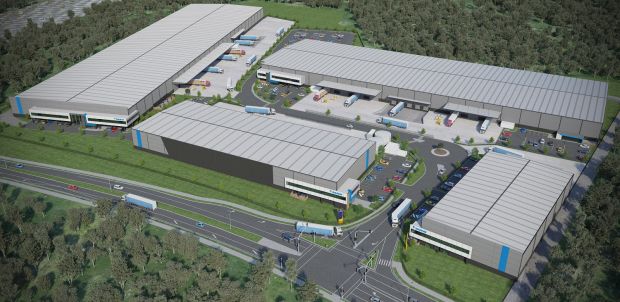Air freight expectations have taken the Ti Logistics Confidence Index higher in June, but growth has been tempered by results in sea freight.
According to World ACD’s latest note, growing cross-border e-commerce demand is one reason why air freight growth is on the up, though interestingly, it appears not have stimulated large increases in express air cargo. It is suggested that this is because most e-commerce finds the regular speed of air cargo sufficient, and e-commerce is not just a matter of flying small individual parcels across the world. In addition, increasing consumer demand in general (electronics in particular) may be another factor, driven by higher purchasing power, especially in Asian markets.
Though IATA statistics trail the current situation by two months, they nevertheless offer a window into the confidence of the air freight industry; April results from the organisation showed yields up by 4.5% year-on-year, whilst FTK rose by 10.5%.
The Sea Freight Index demonstrated a far more mixed picture. In this instance, the present conditions declined, offsetting a slight improvement in expectations.
Vessel space appears to be in much shorter supply than in previous years, following aggressive capacity reduction strategies from the major carriers. Following the Europe-Asia capacity crunch in April, shippers will inevitably be nervous, though at least port congestion problems in China now appear to have been resolved.
Air freight
The Air Freight Index registered a month-on-month rise of 3.1 points to 56.9 for June 2017. Whilst this score reflected a year-on-year improvement of 6.5 points, it stood 2.7 points below the June 2015 total.
The Air Freight Logistics Situation Index noted a month-on-month improvement of 1.5 points to 55.0. This growth was mainly led by the US to Europe lane, which rose by 3.1 points to 51.3. Nonetheless, both the Asia to Europe (up 1.6 points to 59.0) and Europe to US (up 1.4 points to 51.1) lanes grew enough to offset the Europe to Asia lane, which declined 0.3 points to 56.9.
The performance of the Air Freight Logistics Expectations Index can perhaps be described as a June boom. Increases across the board were underlined by particularly strong performance on the Europe to Asia lane, which rose 7.3 points to 59.8. The US to Europe lane saw the second-strongest growth, with an improvement of 5.2 points taking it up to 52.2. A gain of 3.4 in the Asia to Europe lane brought that up to 70.1, whilst a 2.7 point rise in the Europe to US lane resulted in a total of 50.4, ensuring all lanes finished above the 50-point mark for the month.
Sea freight
The Sea Freight Logistics Confidence Index recorded an overall score of 54.9, having decreased by 0.6 points against the previous month’s score. The result was 7.3 points greater than the score registered in June 2016, and 0.8 points greater than that recorded in June 2015.
Standing at 51.8, the Sea Freight Logistics Situation Index declined by 1.7 points against the previous month. This result occurred following declines in three of the four individual lanes, with only the Asia to Europe lane, at 61.8 points, recording an increase (up 1.6 points). US to Europe remained the weakest-performing of the lanes, losing 1.9 points to total 37.8 for June. The Europe to Asia lane recorded a monthly total of 53.7, having declined by 2.8 points, whilst the Europe to US fell further, down 4.3 points to 50.4.
The Sea Freight Logistics Expectations Index totalled 58.0 points, having risen by 0.6 against the May result. This outcome was chiefly driven by the Europe to Asia lane, which increased 2.2 points to 55.8. In addition, the Europe to US lane gained by 0.3 to total 54.1 points, whilst US to Europe increased by 0.1, amounting to 53.8. Together, these results more than offset the 0.5 point decline on the Asia to Europe lane, which nonetheless still recorded the highest figure of the four at 66.8.
Source: tandlnews




